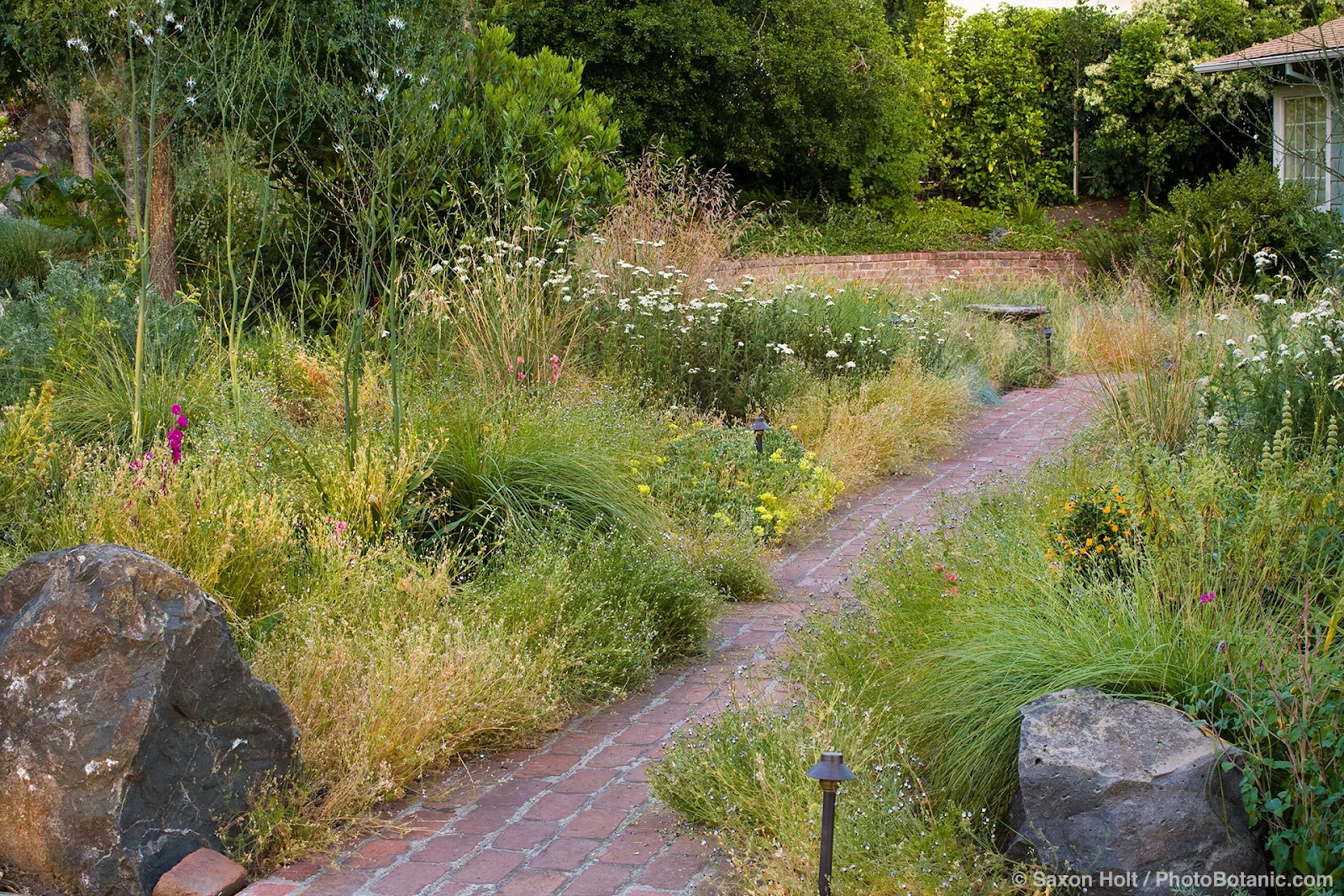Introduction
Imagine stepping out into your garden and feeling an immediate sense of calm wash over you. The birds are singing, a gentle breeze rustles through the trees, and a tranquil water feature adds a soothing background melody. This isn't a luxury reserved for dream vacations; it can be your everyday reality with sustainable landscape design. In this post, we'll explore how this approach can significantly reduce stress for owners of farmhouses, large villas, estates, and resorts.
The Stress Epidemic
Stress is an all-too-common part of modern life. According to the American Institute of Stress, 77% of people experience physical symptoms caused by stress, while 73% report psychological symptoms. For property owners managing large estates or resorts, the pressures can be even greater. Maintenance issues, financial concerns, and the sheer size of the property can contribute to mental and physical stress.
The Science Behind Sustainable Landscape Design
Sustainable landscape design focuses on creating environmentally friendly and aesthetically pleasing outdoor spaces. But beyond beauty, numerous studies have shown that nature has a profound impact on our mental health. A study by the University of Exeter found that spending at least 120 minutes a week in nature is associated with good health and well-being.
Why Sustainable Design?
Reduces Maintenance Stress: Sustainable landscapes are designed to be low-maintenance. By using native plants that thrive in your local environment, you can reduce the need for constant watering, fertilizing, and pruning. This means less time and effort spent on upkeep, giving you more time to relax and enjoy your surroundings.
Promotes Physical Health: Working on a large property can be physically demanding. Sustainable design minimizes physical strain by creating efficient layouts and using materials that are easy to maintain. Raised garden beds, for example, reduce the need for bending and kneeling, making gardening more accessible and enjoyable.
Enhances Mental Well-being: Nature has a calming effect on the mind. Features like water gardens, green roofs, and natural meadows provide serene environments that help reduce anxiety and promote relaxation. A study published in the journal Environmental Health Perspectives found that exposure to green spaces can lower the risk of stress-related conditions such as high blood pressure and depression.
How to Implement Sustainable Landscape Design
Native Plants: Choose plants that are native to your region. These plants are adapted to the local climate and soil, requiring less water and maintenance. For example, if you own a property in a dry climate region, consider using drought-tolerant plants like lavender, sage.
image credit: Pinterest.Water Features: Incorporate water features such as ponds, fountains, or waterfalls. The sound of flowing water has been shown to lower stress levels and create a peaceful ambiance. According to a study by the Journal of Environmental Psychology, natural water sounds can improve mood and cognitive performance.
Outdoor Living Spaces: Create comfortable outdoor living areas where you can relax and entertain guests. Think of cozy seating arrangements, pergolas for shade, and outdoor kitchens for alfresco dining. A well-designed outdoor space encourages you to spend more time outside, reaping the benefits of fresh air and natural beauty.
Edible Gardens: Growing your own food is both satisfying and stress-relieving. Edible gardens provide fresh, organic produce and give you a sense of accomplishment. Start with easy-to-grow vegetables like tomatoes, lettuce, and herbs. Not only will you enjoy the fruits of your labor, but gardening itself is a therapeutic activity.
image credit: Pinterest.
Real-life Examples
The Alnwick Garden in England: This 14-acre garden is a prime example of sustainable design. It features a poison garden with dangerous plants, a bamboo labyrinth, and water sculptures. The garden attracts over 800,000 visitors annually and demonstrates how sustainable practices can create a stunning and stress-relieving environment.
The High Line in New York City: An urban park built on a historic freight rail line, the High Line integrates sustainable landscape design with native plants and reclaimed materials. It offers a green oasis in the middle of the city, providing residents and visitors with a place to unwind and connect with nature.
Conclusion
Sustainable landscape design is not just a trend; it's a proven way to enhance your property and reduce stress. By incorporating native plants, water features, outdoor living spaces, and edible gardens, you can create a sanctuary that promotes both physical and mental well-being. Whether you own a farmhouse, villa, estate, or resort, these principles can be adapted to suit your space and lifestyle.
Ready to transform your property into a stress-free haven? Start small, be patient, and enjoy the process. Your mind and body will thank you.
Call to Action
If you found this article helpful, share it with fellow property owners looking to create their own sustainable sanctuaries. For more tips and personalized advice, subscribe to our newsletter and follow us on social media. Together, let's build a greener, healthier future.







No comments:
Post a Comment